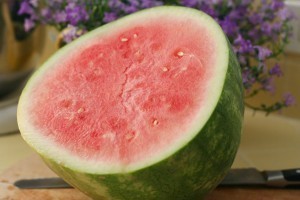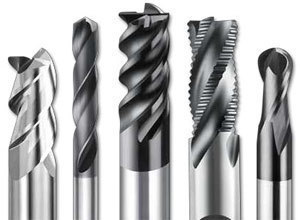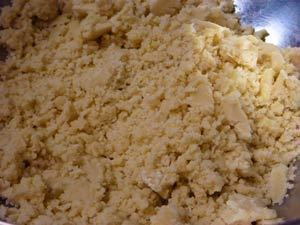Watermelon Sizes
The watermelon is a favorite fruit among tropical countries yet tit has been made widely available around the world through commercialization. It is almost always equivalent to summer. Why, it is so refreshing that it can take your thirst away instantly. The watermelon is not only juicy but also tasty. It is also infused with wonderful characteristics, which make it stand out.
been made widely available around the world through commercialization. It is almost always equivalent to summer. Why, it is so refreshing that it can take your thirst away instantly. The watermelon is not only juicy but also tasty. It is also infused with wonderful characteristics, which make it stand out.
Watermelon Sizes
Watermelons come in different sizes as they come in different varieties. There are over a thousand watermelon varieties grown around the world and they have their own set of distinctive characteristics — from the skin to the flesh to the taste and of course, the size.
The Carolina Cross is one of the more popular kinds with its humungous size. In fact, the Carolina Cross holds the world record for the biggest watermelon ever produced, tipping the scale at 119 kilograms or 262 pounds. Commonly, this variety produces a fruit that is between 29 and 68 kilograms or 65 and 150 pounds.
Another notable watermelon variety is the yellow crimson watermelon. Instead of the usual red flesh, this variety is characterized with a yellow, yes, a yellow flesh. Some say that the yellow crimson watermelon is sweeter than the rest. The size of this watermelon kind is varied.
One of the earliest watermelon varieties found was the moon and stars variety. This kind is characterized by purple-black rind with small circles of yellow, considered as the stars, and two big circles of the same color, considered as the moon. It usually has a pinkish or reddish flesh with brown seeds. The moon and stars watermelon variety grows from 9 to 23 kilograms or 20 to 50 pounds.
Orangeglo is another popular watermelon kind. Unlike the others that are mostly round, this variety is oblong in shape. It has a rind in light green color with stripes of dark green color; its pulp is orange in color. Orangeglo weighs between 9 and 14 kilograms or 20 and 30 pounds.
Interestingly, Japan was able to produce a square watermelon. Although identical with other varieties, Japan’s cubic watermelon is grown in boxes. They are made that way not just for an added appeal but also for easy storage.
Other watermelon varieties are seedless, thus, easier to eat. Although they are not absolutely free of seeds, “seedless watermelons” are called that because their seeds are few, soft, and pale. You would not have to bother taking out the seeds to get to the fruit.





